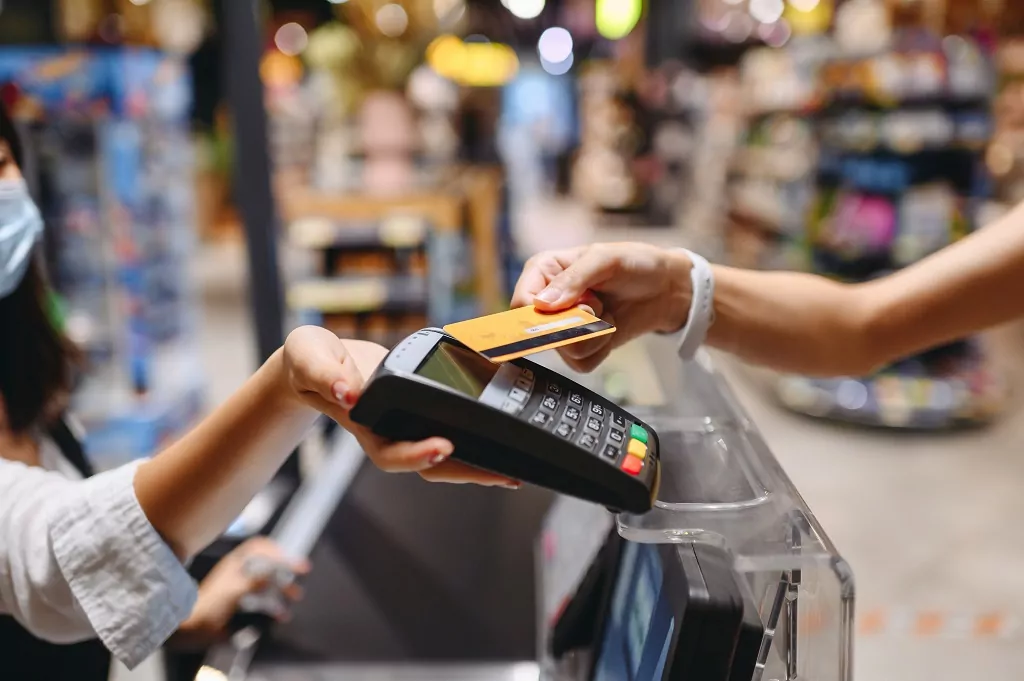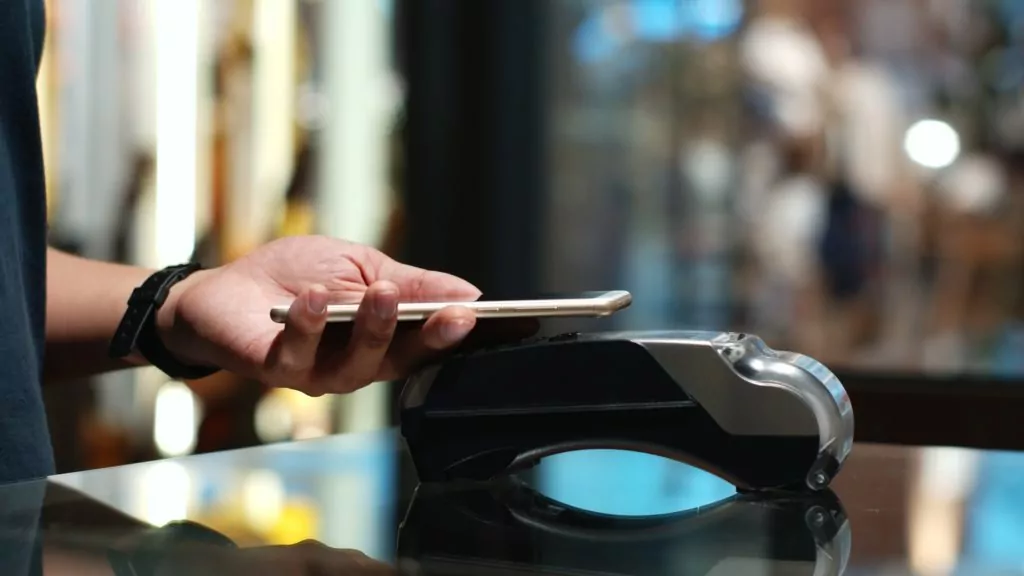Here’s what TST means on a credit card statement:
So if you want to learn all about what TST is exactly, why they charge your credit card, and whether TST is safe, then you’re in the right place.
Let’s get started!
- Uber or Lyft, No Money on Card: What Happens?
- Payment Gateway Error: Meaning?
- Buy In Euros Online: American Debit Card?
- Buying Online in Different Currency: What Happens?
- Online Stores: Don’t Require CVV?
- Epoch on Credit Card Statement: Meaning?


What is TST?
f the letters “TST” appear on a credit card statement and are immediately followed by the name of a store or merchant, this is referencing the company called Toast.
Toast is the company that processed the payment, and its role in the transaction has to be recorded.
That’s why you see those letters.
What Is Toast?
Toast is among the leading POS system developers for small and medium businesses. Toast is known for offering cloud-based software solutions for point-of-sale resources and payment processing.
The company is based out of Boston, and they built their entire system to run natively on Android operating systems.
This means that any phone or tablet that runs on Android can use Toast and become an effective POS device.
What Is a Point of Sale System?
The point of sale (POS) describes the time and place where a sale occurred. A POS system is the combination of hardware and software that were used to process the transactions. POS systems come in vast varieties.
In their simplest form, POS systems can just be cash drawers that you use to hold money for the day.
More complicated POS systems will utilize electronic devices. They can even be fully automated checkout machines like you see at major retailers and grocery stores.
For many small businesses, POS systems are provided by third parties and run through online smart registers, tablets, or smartphones.
If you have ever seen a card reader attached to a tablet, that is a POS system that is operated through a smart device.
Most businesses today have some way to read a credit card and accept payment from that card.
So, even a simple credit card reader constitutes a portion of a POS system.
In fact, if your business has an old credit card imprinter just in case power or internet goes down, that is part of the POS system too.
The concept encompasses everything tied to the direct transaction between a business and its customers.

What Is a Payment Processor?
A point-of-sale system has the option to include a payment processing service, but it’s not something that’s required.
Before we dive in, let’s talk about payment processing in general.
Payment processing involves a third party that helps businesses receive money from their customers. Think of credit card companies like Visa – they’re a great example of a payment processor.
Visa is well-known in the business as one of the top credit card companies, and they also handle the task of moving money from the customer’s account to the company receiving the payment.
Here’s the thing: Visa doesn’t actually issue credit cards. That job falls to banks and other financial institutions. Visa’s role is to handle all the behind-the-scenes stuff that makes the payment process work smoothly. And they’re not the only ones doing this kind of work.
You’ve probably heard of other major credit card companies like Mastercard and Amex, but payment processing goes beyond just credit cards.
Online payment processors like PayPal and Google Pay offer different ways to pay, even at physical stores where you use a point-of-sale system.
But things get really interesting when you look at companies that offer both point-of-sale systems and payment processing services. Some of the well-known ones include Square, Stripe, and Toast.
If you see a card reader attached to a tablet or phone, chances are the business is using one of these combined service providers.

Why Does Toast Put TST on Credit Card Statements?
As a payment processor, Toast handles digital transactions between customers and businesses. When you see TST on a credit card statement right before the name of a store or merchant, that is Toast signing their work.
They processed the payment, and that is why they have to stamp the statement with their abbreviated name. This is entirely for record-keeping.
If anyone needs to look up the record of the transaction, the TST label allows that investigator to follow the mechanisms in use all the way back to Toast.
This can be important for billing disputes and legal investigations. Here’s the bottom line.
Any company that processes a payment has to put its name somewhere on the transaction. TST is there for Toast.
If a different service is used, then the abbreviated name will reflect that service (Stripe typically uses ‘Stripe’ and Square uses ‘SQ’).

Why Don’t I Recognize the TST Charge?
Now that we know Toast is a reputable company, it’s unlikely that you would receive random charges from them on your credit card statement.
However, if you still don’t recognize the charge, there are a few possibilities to consider. First, it could be a hold that was placed before authorizing the purchase.
Payment processors often use this strategy to prevent fraud. These holds are typically small amounts ranging from $0.01 to $1.00. They serve to verify that your payment method is active and valid.
Once the hold charge goes through successfully, the processor will then authorize the full payment for the purchase you made. It’s common to see these hold charges right before a charge you recognize, and they are fully refunded every time.
If you come across a hold charge on your statement that hasn’t been refunded, it’s important to report it to both your credit card issuer and Toast (or any other payment processor involved). They can investigate and rectify the situation promptly.
It’s worth noting that not all processing holds are small. Gas stations, for instance, often place holds ranging from $50 to $200.
This is why you may sometimes encounter issues when using a debit card at a gas station, even if your balance is sufficient to cover the cost of gas you want to purchase.
The automated pump doesn’t know the exact amount of gas you’ll need, so it verifies that you have enough funds for common charge ranges.
If you’re unsure whether a charge on your statement is a hold or not, it’s always better to ask. Never assume that an unknown charge is innocuous. Reach out to your card issuer, and you can also contact the payment processor for clarification.
If there is a problem, they can temporarily pause any additional payments to prevent fraudulent activity and take steps to ensure the safety of your money.

